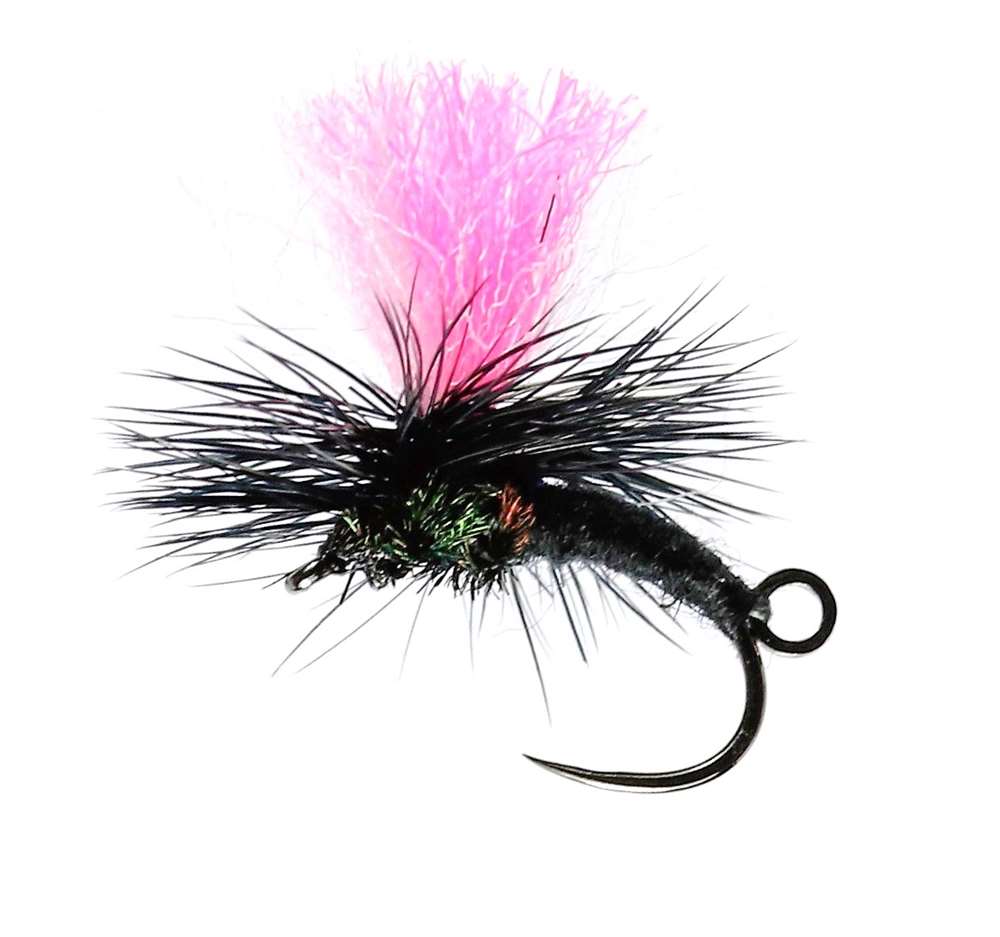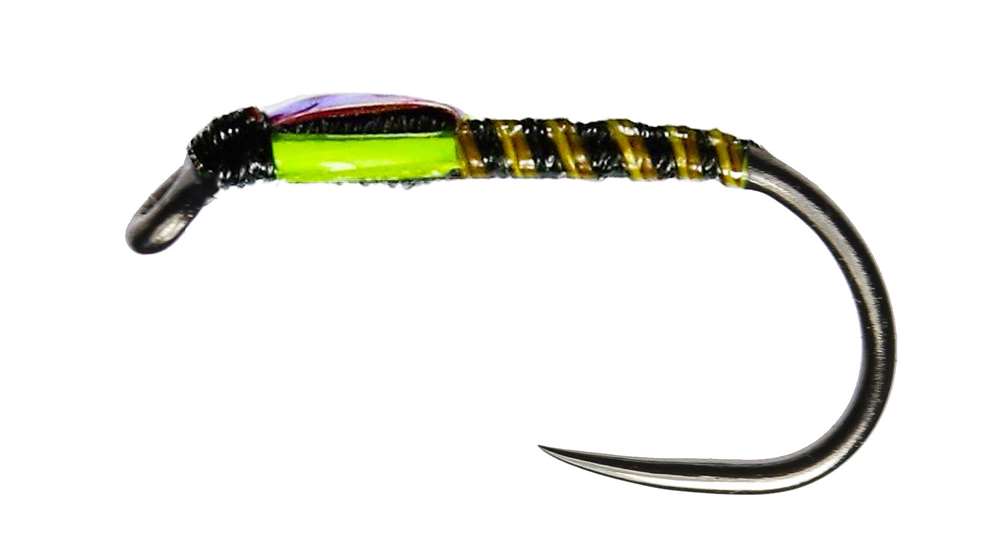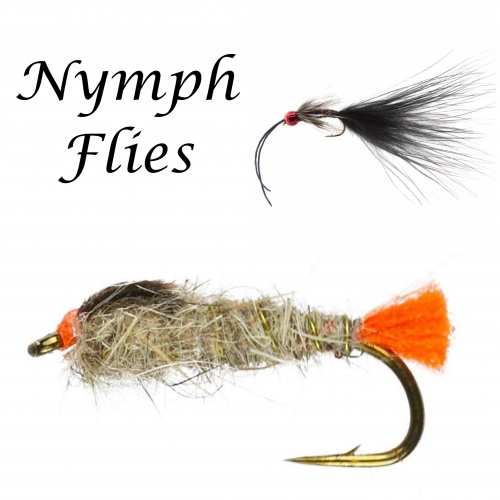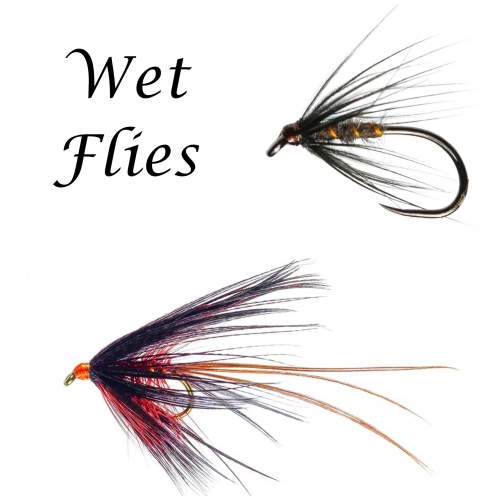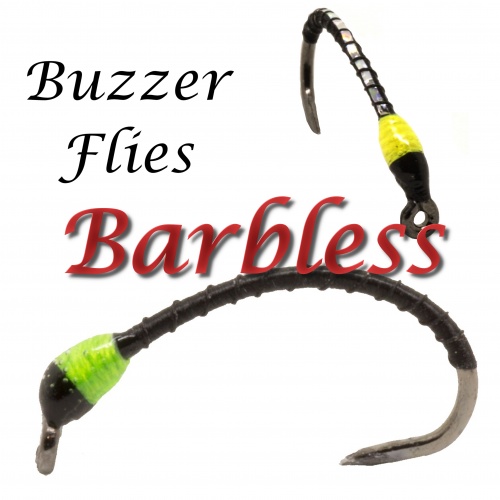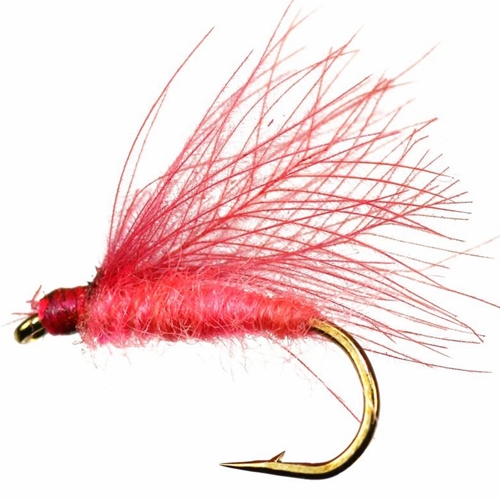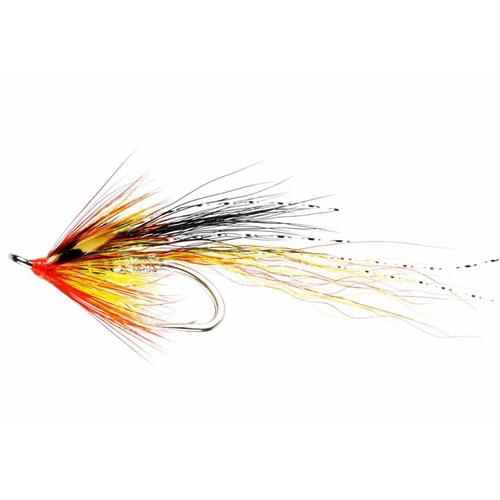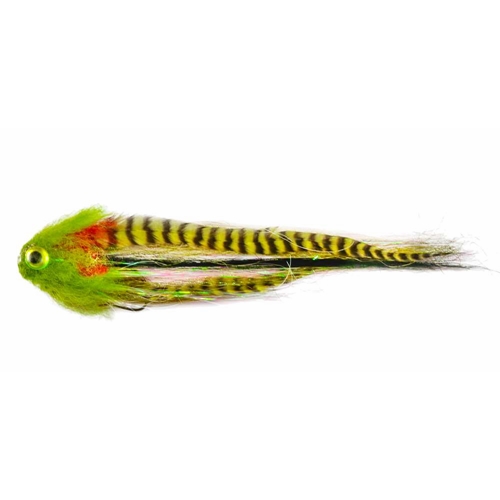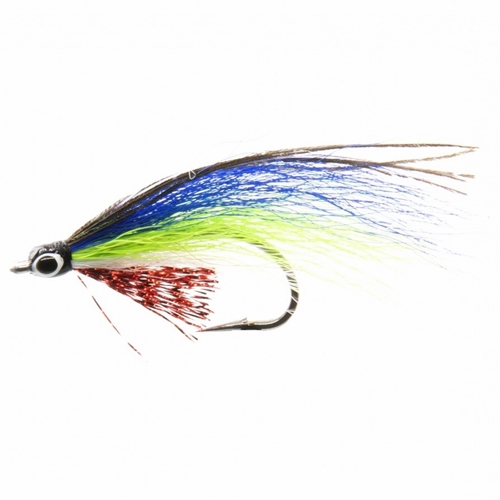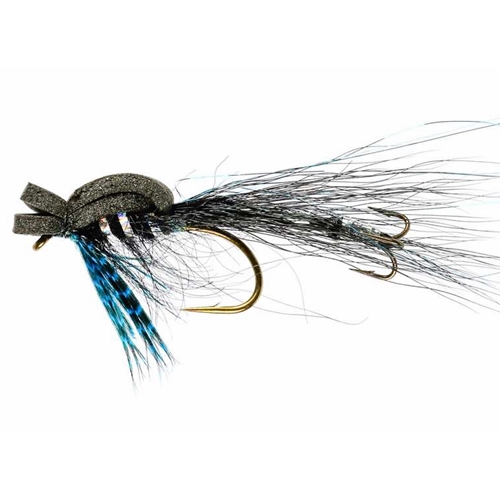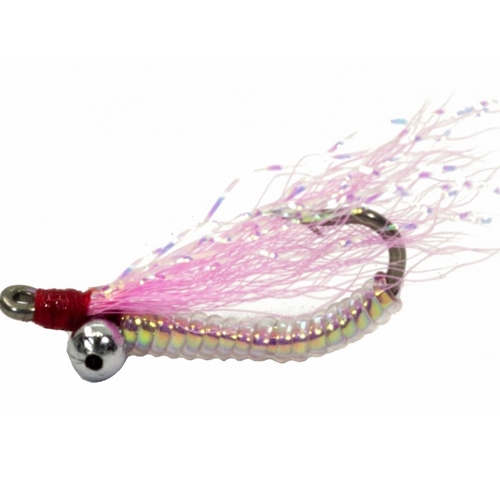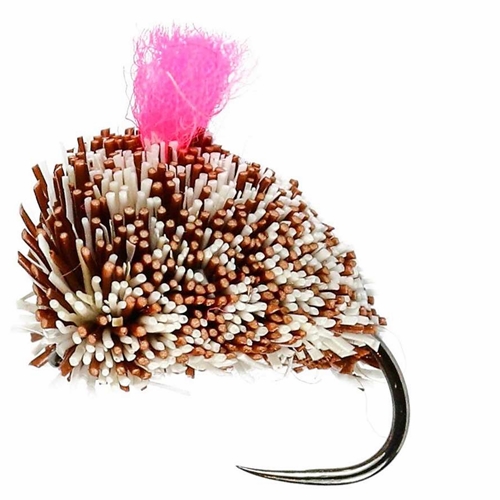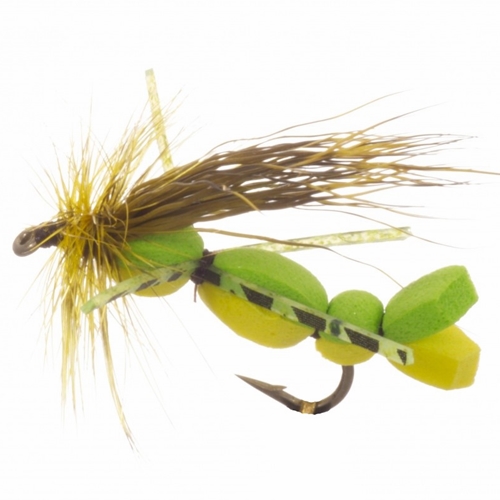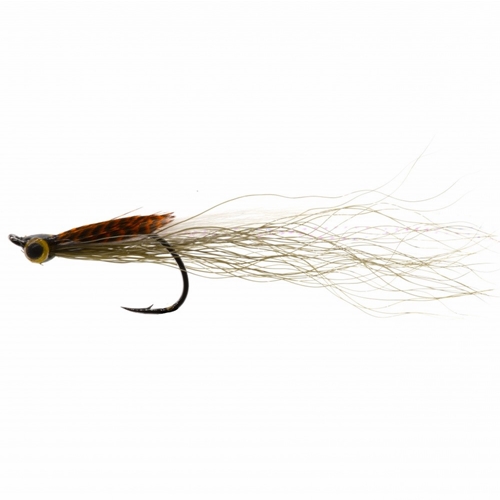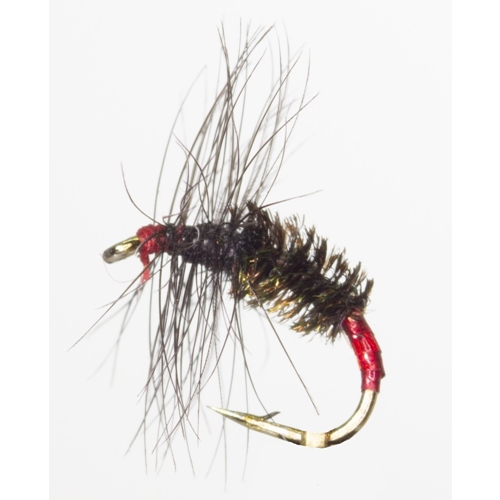 Our previous fly fishing blog was on the subject of catching and releasing trout. Releasing fish is beneficial, in that it helps preserve the quality of fisheries, not to mention giving the trout, or whatever else you’ve caught a new lease of life.
Our previous fly fishing blog was on the subject of catching and releasing trout. Releasing fish is beneficial, in that it helps preserve the quality of fisheries, not to mention giving the trout, or whatever else you’ve caught a new lease of life.
After you’ve used the techniques described previously to remove the hook, return the trout to the water. First you need to support the fish until it stabilises. Stabilising it means that you should hold it in water deep enough to submerge its gills. After a long fight, you may be required to manually move water past the fish’s gills. You can do this either by holding the trout in moving water with its head facing upstream, or, in calm water, repeatedly moving the fish backwards and forwards.
Once stabilised, the trout will swim off of its own accord. However, a note of caution: if you release it prematurely the trout may not have enough energy to move and will sink to the bottom of the river and suffocate. The bottom line is that we advise you to proceed with caution with the release in fly fishing and to take as much time as is necessary to revive the trout.

